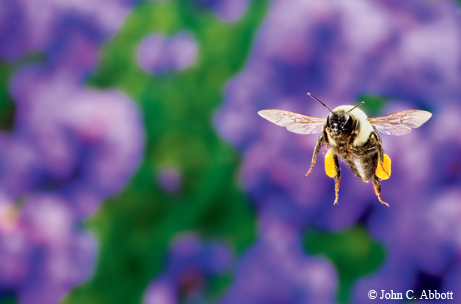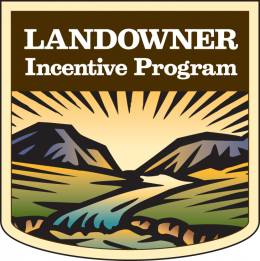Thanksgiving & Christmas in State Parks
Monday, November 16th, 2015
This is Passport to Texas
November is the gateway to the holiday season. And that means Texas State Parks will be bustling with festive activities.
04—Yeah, we have a lot of fall activities happening in November.
Thomas Wilhelm works with Texas State Parks.
13—For example, at Meridian State Park, which is just west of Waco, they’re having a Thanksgiving recovery hike. So, the Saturday after Thanksgiving you can go out and hike off some of those calories that you may have picked up on Thanksgiving.
Want to go in the other direction and consume calories instead of burn them? Learn to make food fit for a holiday camp out… including sweet treats.
14—Palmetto State Park is having a harvest themed Dutch oven Cooking session, and Lyndon Baines Johnson State Park near Johnson City is having a holiday cookie decorating event as they start preparing for the Christmas season.
The folks at LBJ State Park even shared an old fashioned cookie recipe with us. Find it at passporttotexas.org.
11—The holidays tend to be so rushed—and they’re so commercialized—so, parks offer an opportunity to slow down just a little bit. Take it in. And celebrate the holidays the way they were intended.
Go to texasstateparks.org/holidays for a list of all holiday events in parks.
That’s our show for today… Funding provided in part by Ram Trucks. Guts. Glory. Ram
For Texas Parks and Wildlife…I’m Cecilia Nasti.







 Passport to Texas is a
Passport to Texas is a  Passport to Texas is made available by:
Passport to Texas is made available by: